Making a Roman Emperor

IN THE EARLY SECOND century A.D., with the Roman emperor Trajan's conquests of Dacia, in what is now Romania, and Parthia, in modern Iran, the Roman Empire reached its greatest extent. Trajan was born in Spain, the first emperor to have been born outside Italy. His adopted successor, Hadrian, shored up border defenses in northern Britain by constructing a 73-mile-long wall. For much of his reign, Hadrian traveled throughout the vast empire. One of the important provincial centers he visited, twice, was the city of Viminacium, in what is now eastern Serbia.
Situated where the Mlava River flows into the Danube, Viminacium was established as a legionary fortress along the empire's northern border by the Legio VII Claudia, or Seventh Claudian Legion, which was stationed there beginning in the mid-first century A.D. At its height in the first and second centuries A.D., the legion boasted some 5,000 to 6,000 soldiers. "The legionary fortresses in the province of Moesia at Singidunum and Viminacium flanked the open Pannonian Plain, facing the threat of barbarian tribes just across the border," says archaeologist Nemanja Mrdić of Serbia's Institute of Archaeology. "Viminacium occupies the last flat area before you enter the mountains to the east."
Denne historien er fra July/August 2024-utgaven av Archaeology.
Start din 7-dagers gratis prøveperiode på Magzter GOLD for å få tilgang til tusenvis av utvalgte premiumhistorier og 9000+ magasiner og aviser.
Allerede abonnent ? Logg på
Denne historien er fra July/August 2024-utgaven av Archaeology.
Start din 7-dagers gratis prøveperiode på Magzter GOLD for å få tilgang til tusenvis av utvalgte premiumhistorier og 9000+ magasiner og aviser.
Allerede abonnent? Logg på
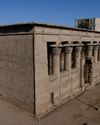
AN EGYPTIAN TEMPLE REBORN
By removing centuries of soot, researchers have uncovered the stunning decoration of a sanctuary dedicated to the heavens
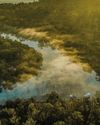
THE SHELL SEEKERS
How hunter-gatherers in northern Florida facing an uncertain future revived a powerful symbol of their past
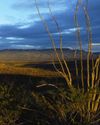
The Secrets of Porvenir
Remembering the victims of a 1918 massacre that shook a Texas border community
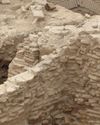
UNEARTHING ANELUSIVE EMPIRE
Archaeologists have discovered rare evidence of an enlightened medieval dynasty that ruled much of Central Asia
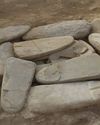
Ahead of Their Time
Excavations reveal the surprising sophistication of Copper Age villagers in southwestern Iran 6,000 years ago
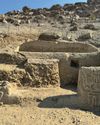
ORIGINS OF PERUVIAN RELIGION
While investigating looters' holes at the site of La Otra Banda in northern Peru's Zaña Valley, archaeologist Luis A. Muro Ynoñán of the Field Museum and the Pontifical Catholic University of Peru spotted carved blocks around seven feet below the surface.
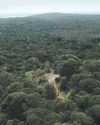
ISLAND OF FREEDOM
Many of the enslaved Africans sent to Brazil beginning in 1549 were from what is now Angola, where one of the most widely spoken languages was Kimbundu.
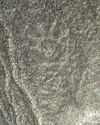
NAZCA GHOST GLYPHS
From the 1940s to the early 2000s, geoglyphs were discovered in the Nazca Desert of southern Peru depicting animals, humans, and other figures at the rate of 1.5 per year.
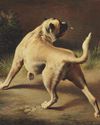
COLONIAL COMPANIONS
The ancestry of dogs in seventeenth-century Jamestown offers a window into social dynamics between Indigenous people and early colonists.
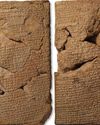
BAD MOON RISING
The British Museum houses around 130,000 clay tablets from ancient Mesopotamia written in cuneiform script between 3200 B.C. and the first century A.D.
